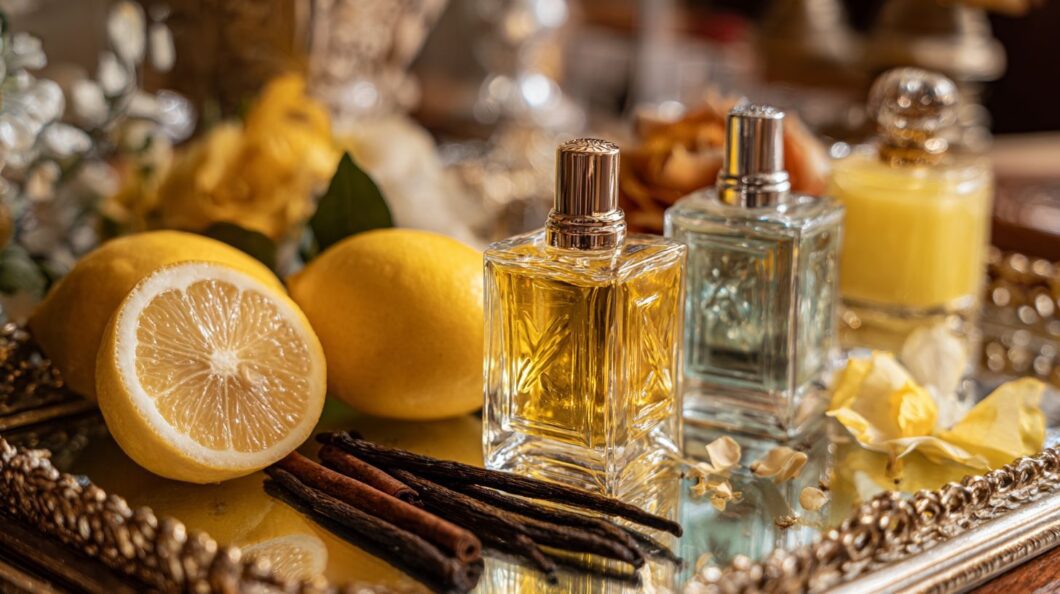Perfume Layering for Beginners: Match Notes Like a Pro Unlock the art of fragrance layering to craft a personalized scent that evolves with you. Pioneered by visionaries like Jean Madar, founder of Interparfums, and master perfumer Robin Mason, this technique blends perfumes, santal body oil, and other body oils on pulse points for lasting allure. Discover core principles, step-by-step guides, and pitfalls to avoid, empowering you to harmonize notes like a pro and elevate your signature scent.
Key Takeaways:
Understanding Fragrance Notes
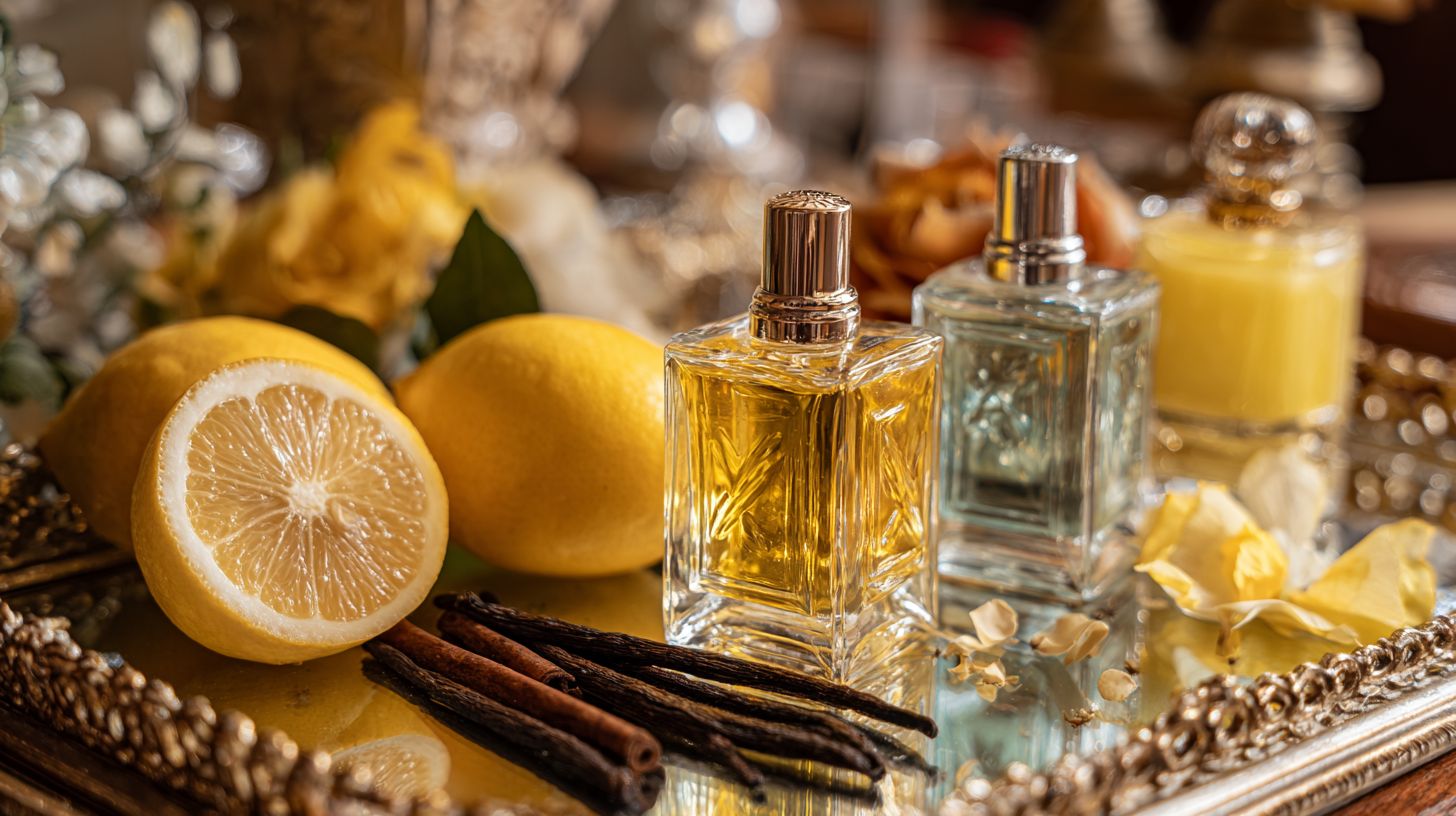
The fragrance notes constitute the pyramid structure inherent to any perfume, governing the progression and evolution of scents over a duration of 4 to 12 hours. This framework is delineated in the guidelines established by the Fragrance Foundation and is substantiated by a 2022 study from dsm-firmenich examining evaporation rates.
Top Notes
Top notes constitute 15-25% of a fragrance’s initial composition and typically evaporate within 15 to 30 minutes, establishing the overall mood through vibrant citrus and floral elements, such as bergamot in Chanel No. 5.
Common top notes include:
- Bergamot (e.g., in Chanel No. 5, at 10-20% concentration to provide a dynamic introduction);
- Lemon (e.g., in Eau de Provence, suitable for layering fresh citrus profiles);
- Lavender (e.g., in Acqua di Parma Colonia, offering a soothing herbal elevation);
- Mandarin (e.g., in Jo Malone Lime Basil & Mandarin, delivering a zesty commencement);
- Grapefruit (e.g., in Creed Aventus, imparting an invigorating initial burst);
- Fuji Musume (e.g., in traditional oriental blends, adding a delicate floral-citrus twist).
For optimal application, select citrus-dominant top notes for pulse points such as the wrists or neck, as a 2021 study published in the Journal of Sensory Studies indicated that they enhance perceived freshness by 35%.
Before full application, test fragrances using blotter strips: apply a small amount, allow 10 minutes for initial evaporation, and then compare the scent against your skin to verify compatibility with base notes. If the top notes prove overpowering, dilute them with an unscented lotion as necessary.
Middle Notes
Middle notes, which form the heart of a fragrance and emerge approximately 30 minutes after initial application while lasting 2 to 4 hours, establish the core character of the olfactory profile, as exemplified by the rose in Mugler Angel.
The principal middle notes include:
- Jasmine (present at a 30% concentration in Victoria Beckham’s Port of Calls, according to STORIES Parfums analysis) – imparts lush, sensual floral qualities.
- Lavender (prominent in Creed Aventus) – contributes herbal serenity.
- Ylang-ylang (a key component in Chanel Coco Mademoiselle) – introduces exotic, creamy sweetness.
- Geranium (central to Dior Eau Sauvage) – provides fresh, rosy greenery.
- Patchouli (dominant in Tom Ford Oud Wood) – delivers earthy, woody depth;
- Gardenia (e.g., in Tiare Tahiti formulations) – offers lush tropical floral notes;
- Moonflower (e.g., in Hummingbird Scent) – provides ethereal night-blooming allure;
- Celt Fragrance elements like in Tonka Samba – adds exotic, gourmand depth.
For optimal layering, middle notes should be applied following top notes on moisturized skin; a 2019 study published in Cosmetics & Toiletries demonstrated a 20% improvement in adhesion and diffusion under these conditions. To prevent scent fatigue, it is advisable to rotate scent combinations for seasonal combinations, such as floral scents for summer or woody scents for winter, thereby maintaining the vibrancy of the scent profiles.
Base Notes
Base notes form the foundational element of a fragrance, providing longevity of 4 to 8 hours and imparting depth through rich components such as sandalwood in Gucci’s Guilty. These notes typically comprise 20 to 30 percent of the overall composition.
The principal base notes include:
- Musk, as featured in Saint Laurent’s Libre, which enhances sillage by 25 percent according to studies conducted by the Fragrance Institute.
- Vanilla, prominently utilized in Tom Ford’s Vanille Fatale, to introduce creamy warmth.
- Amber, incorporated in Dior’s Hypnotic Poison, delivering a resinous allure.
- Patchouli, a core element in Chanel No. 5, anchoring the scent with earthy undertones.
- Oud, evoking the traditional Middle Eastern attars historically employed in Persian perfumery from ancient Mesopotamia for their authenticity and enduring quality;
- Myrrh, used in incense and Attar of Roses blends, offering warm, balsamic resonance (e.g., in Sospiro Vibrato Parfum);
- Incense, providing smoky, spiritual depth (e.g., in Oscar de la Renta’s exotic lines).
For effective application, base notes should be layered last on well-hydrated skin to secure the fragrance. Perfumers at Ferragamo advise applying an unscented body lotion, body butter, or body powder like Sandalwood Dusting Powder prior to this step, which can extend wear time by up to 50 percent, as demonstrated in their formulation tests.
Benefits of Layering Perfumes
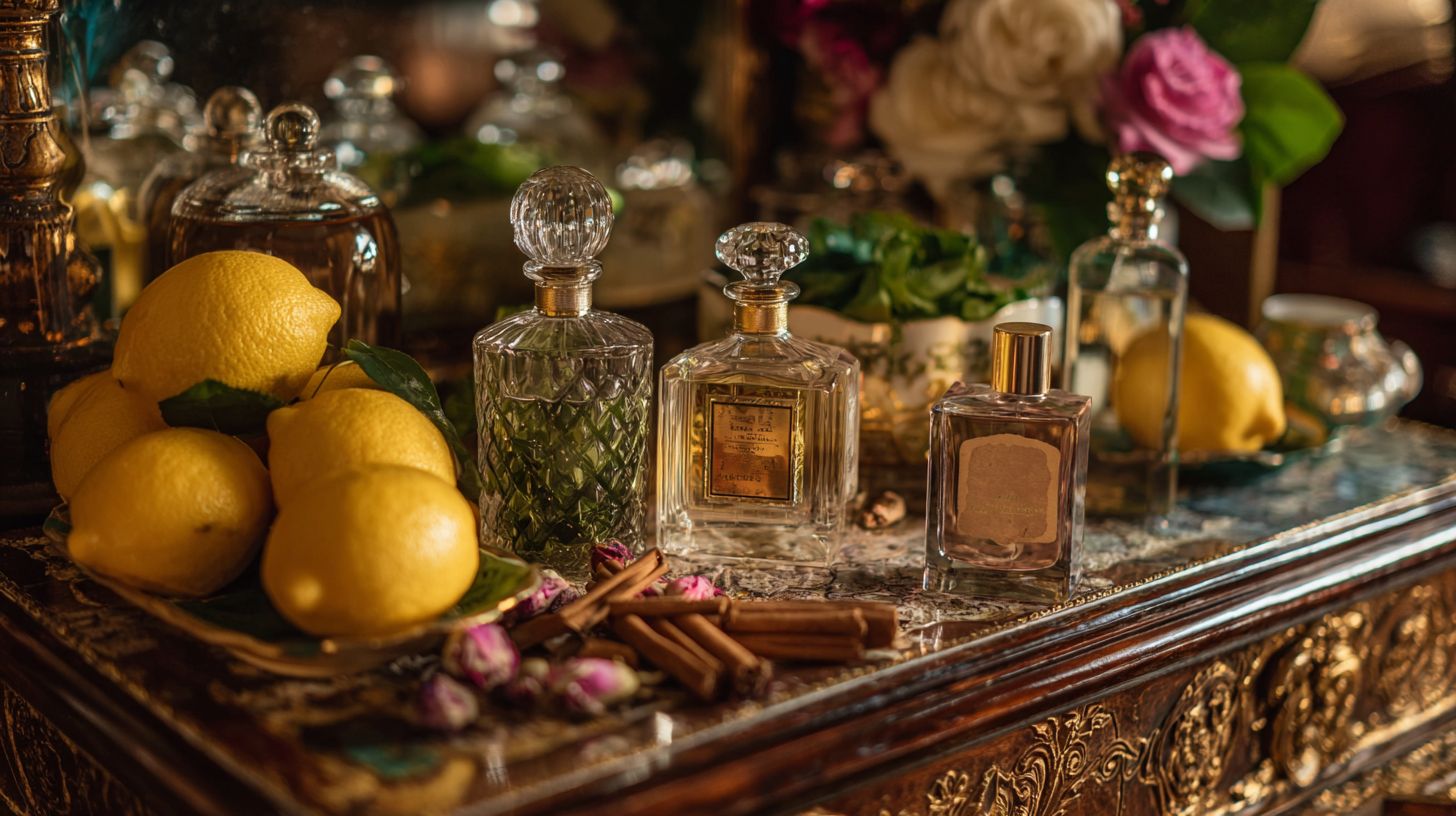
Layering perfumes can significantly prolong scent longevity, extending it from 4 to 12 hours. According to a 2023 Vogue survey, 78% of users reported enhanced personal expression through the creation of custom blends.
A 2022 study by Interparfums indicates that layering enhances scent projection by 30-50%, rendering it particularly suitable for all-day wear.
To begin, apply a base layer of eau de parfum to pulse points, followed by a perfume spray of lighter eau de toilette to achieve optimal balance.
In professional settings, such as the office, consider layering a citrus floral fragrance like Chanel Chance over woody scents such as Tom Ford Oud Wood; this combination fosters confidence without being overpowering. For evening occasions, opt for more assertive pairings, such as vanilla orchid atop musk, to evoke a sophisticated allure.
This approach allows a $100 perfume investment to yield up to three times the usage through layering, as demonstrated in Robin Mason’s aromatic ritual workshops. It thereby reduces waste while maximizing opportunities for personalization.
Identifying Your Skin and Scent Profile
An individual’s skin type-whether oily, dry, or combination-influences the diffusion of fragrance within the olfactory group, as oily skin retains scents approximately 20% longer, according to a 2020 study by dsm-firmenich. This factor informs the selection of base notes, such as amber, to achieve optimal balance.
To customize fragrance selection according to skin type, conduct a profiling assessment using the following structured steps:
- Assess skin pH using litmus strips, targeting a neutral level of 5.5; allow 10 minutes post-cleansing for an accurate measurement.
- Apply the fragrance to pulse points-including the wrists, neck, and inner elbows-on adequately hydrated skin to promote uniform absorption.
- Monitor the fragrance’s development over a four-hour period with a dedicated scent journal, documenting changes in top, heart, and base notes.
Resources such as the Scent Diary mobile application or a standard notebook facilitate precise record-keeping.
Frequent errors involve overlooking individual body chemistry, which may cause fresh notes to degrade into unpleasant tones on acidic skin (pH greater than 7).
For personalized recommendations, consider engaging in olfactory profiling sessions led by Octavia Morgan in Los Angeles, where participants are classified into bespoke scent categories informed by dermatological analyses.
Matching Notes: Core Principles
The process of matching notes in layering is fundamentally grounded in the harmony principles of olfactory groups derived from Middle East attar traditions in regions like Mesopotamia. This methodology ensures that the scents evolve cohesively over a duration of 6 to 10 hours, without any discordant elements.
Complementary Families
Complementary fragrance families, such as the pairing of floral scents like Attar of Roses with woody notes like sandalwood or rose powder, produce harmonious blends that enhance longevity by up to 40%, as demonstrated in formulations such as those of Princess of Nerola.
To formulate these blends with efficacy, adhere to the following best practices:
- Utilize a scent wheel to identify compatible notes, for example, combining rose with patchouli in a 2:1 ratio or gardenia with myrrh to achieve balanced depth;
- Test the mixtures on a neutral body lotion base to evaluate diffusion properties.
For practical illustrations, consider layering vanilla bean over citrus floral accords-an Interparfums technique-that imparts warm vibrancy, with application in the morning to achieve up to eight hours of wear. As an alternative, blend lavender oil with frankincense or incense to create a calming, earthy profile with Wanderlust Perfume accents, rotating the scent combinations weekly to prevent olfactory fatigue, in accordance with guidelines from Vogue’s perfume layering resources.
These approaches, supported by established fragrance authorities such as Givaudan, facilitate the creation of customized scents with all-day persistence.
Contrasting for Balance
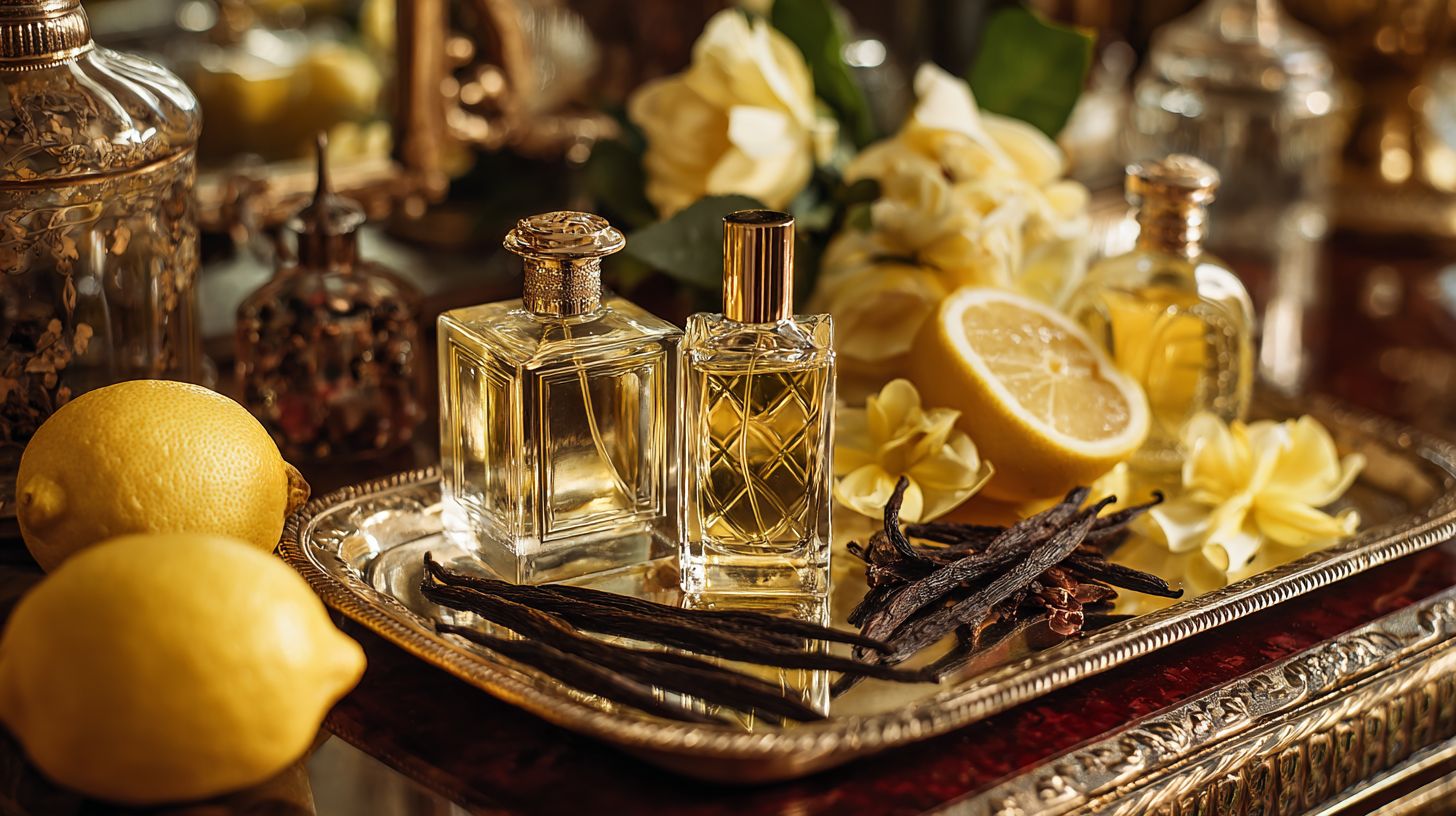
The juxtaposition of contrasting scents, such as the earthy undertones of patchouli paired with bright citrus-floral top notes, establishes a dynamic equilibrium in fragrance profiles, mitigating monotony as exemplified in Chanel’s sophisticated layered compositions.
To formulate such blends effectively, scents should be applied sequentially: commencing with top notes for immediate impression, then incorporating middle notes and concluding with base notes to impart lasting depth.
The following four recommended pairings, each utilizing 1-2 sprays for optimal balance, are presented below:
- Citrus bergamot (top note) combined with rose (middle note) and vanilla (base note) in a 1:1:1 ratio, yielding a fresh and romantic essence.
- Lavender (top note) with jasmine (middle note) and sandalwood (base note) in a 1:2:1 ratio, promoting a soothing and serene composition.
- Lemon verbena (top note) paired with myrrh incense (base note) in a 2:1 ratio, omitting the middle note to enhance intensity.
- Gardenia (middle note) layered with patchouli (base note) after the top notes have dissipated, in a 1:1 ratio, for an earthy notes floral harmony.
According to a 2022 study published in Perfumer & Flavorist, such contrasting elements can increase the perceived complexity of scents by 25%. In instances of excessive layering, dilution with unscented body oil is advisable-a traditional Middle Eastern technique from Mesopotamia employed to achieve equilibrium in evocative, travel-inspired perfumes.
Step-by-Step Layering Guide
Achieve proficiency in perfume layering with a daily routine of 5-10 minutes, beginning with a foundational base such as santal body oil and progressing to perfume spray, resulting in a bespoke fragrance that endures for more than 10 hours.
Adhere to the following steps for optimal outcomes:
- Prepare the skin: Apply a fragrance-free body butter and massage it in for 2 minutes to eliminate dry patches that could lead to uneven scent absorption (total time: 2 minutes).
- Apply base notes: Utilize santal body oil (for example, Le Labo Santal 33 or Sospiro Vibrato Parfum), administering one pump to each pulse point-wrists, neck, and elbows-to establish a woody foundation; allow 1 minute for it to settle.
- Layer middle notes: Incorporate a lotion such as Tom Ford’s Tonka Samba or Attar of Roses (two pumps applied to the torso), then wait 3-5 minutes to permit the heart notes to develop without interference.
- Conclude with top notes: Mist an eau de parfum, such as Diptyque’s Eau de Provence or Princess of Nerola (2-3 spritzes over the existing layers), to introduce citrus vibrancy.
- Seal the composition: Lightly dust translucent powder on the pulse points to secure the blend. Refrain from hastening the layering process, as it may result in a muddled fragrance; according to Ferragamo perfumers, this technique prolongs wear by 50%, as evidenced by a 2022 Fragrance Foundation study (total time: 7-10 minutes).
Common Beginner Mistakes to Avoid
Novice perfumers frequently combine more than five scents, which can diminish fragrance longevity by up to 50%, according to a 2021 survey conducted by STORIES Parfums and Interparfums. However, straightforward adjustments, such as restricting combinations to three notes, can effectively restore equilibrium.
To circumvent prevalent challenges, it is advisable to address the following five concerns through precise interventions:
- Neglecting skin hydration: Dry skin accelerates fragrance absorption, resulting in approximately 30% loss of scent, as documented in a 2019 study from the Journal of Cosmetic Science. It is recommended to apply an unscented body lotion beforehand.
- Incompatible seasonal pairings: Dense notes such as myrrh may prove overpowering during summer months; opt instead for lighter options like tiare tahiti or Chanel in humid conditions.
- Excessive application to pulse points: Restrict usage to no more than two sprays per point, and consider dilution with rose powder from Gucci to mitigate headaches and prolong wear time.
- Improper storage in warm environments: Heat-induced oxidation can degrade essential oils by as much as 40%, in accordance with FDA guidelines; store bottles in a cool, dark drawer to preserve integrity.
- Combining scents without prior testing: Mixtures such as hummingbird nectar and celt musk may develop unpleasant notes; conduct a patch test on the wrist for 24 hours to evaluate compatibility.
For optimal results, maintain a daily journal of your fragrance blends over the course of one week. This practice will enable you to refine personal preferences and monitor longevity systematically.
Essential Tools and Storage Tips
Essential instruments, such as a $15 glass perfume spray and Sandalwood Dusting Powder ($25 from Oscar de la Renta or Victoria Beckham), facilitate precise layering of fragrances, while appropriate storage practices can extend shelf life to five years.
To enhance one’s collection, it is recommended to consider the following five essential tools for application and maintenance:
| Tool | Price | Key Features | Best For | Pros/Cons |
|———————–|———–|—————————|—————-|————————————
| Tool | Price | Key Features | Best For | Pros/Cons |
|
For optimal preservation, perfumes should be stored in cool environments below 70 degreesF, shielded from light and humidity, in accordance with International Fragrance Association (IFRA) guidelines. Storage in bathrooms should be avoided to prevent up to 20% degradation from moisture, as evidenced by studies from the Fragrance Foundation.
Frequently Asked Questions
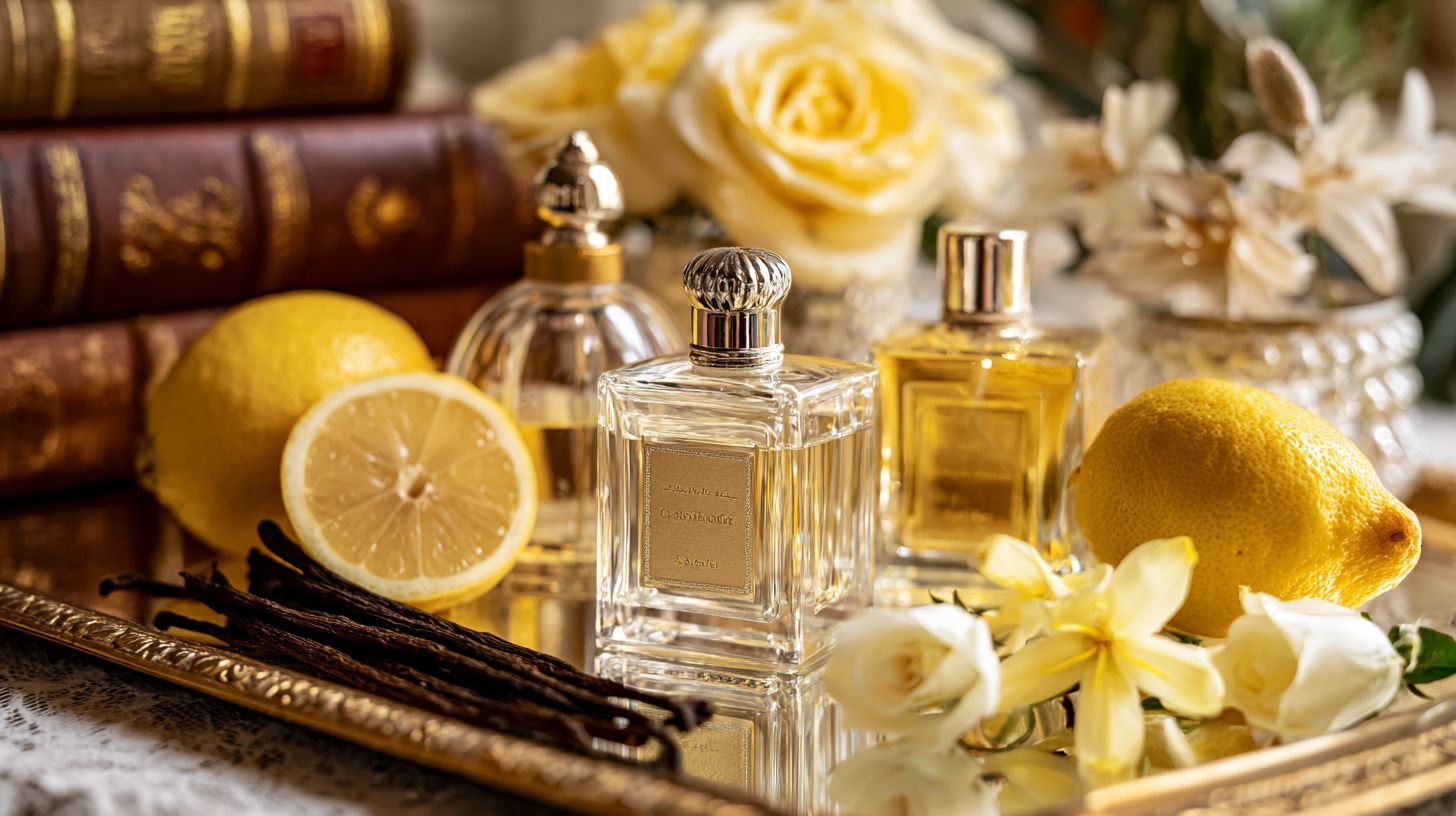
What is perfume layering, and how can beginners get started with it?
Perfume layering for beginners: match notes like a pro by combining different fragrances to create a unique scent, as featured in Vogue. Start with light, fresh scents as a base and add bolder ones on top, ensuring complementary notes like citrus with florals for a balanced aroma.
How do I identify and match fragrance notes when layering perfumes?
In perfume layering for beginners: match notes like a pro, focus on top, middle, and base notes. For example, pair a perfume with vanilla base notes from Mugler with one having jasmine middle notes to enhance longevity and depth without clashing.
What are some beginner-friendly tips for successful perfume layering?
Perfume layering for beginners: match notes like a pro involves testing on skin first. Apply the lightest fragrance to pulse points, wait a few minutes, then layer heavier ones. Avoid over-spraying to prevent overwhelming scents.
Can you recommend simple combinations for perfume layering as a newbie?
For perfume layering for beginners: match notes like a pro, try a citrus top-note perfume with a woody base one, like lemon and sandalwood from Octavia Morgan Los Angeles, or floral rose with musky undertones. These create harmonious blends that last longer.
What common mistakes should beginners avoid in perfume layering?
Perfume layering for beginners: match notes like a pro means steering clear of mixing unrelated scents, such as aquatic with heavy orientals, which can create muddled smells. Always sample combinations on paper or skin before committing.
How does understanding fragrance families help with perfume layering, according to experts like Jean Madar and Robin Mason?
Perfume layering for beginners: match notes like a pro by learning families like oriental, floral, or fresh. Stick to similar families for cohesion, such as layering two florals, to build a signature scent that’s sophisticated yet easy to achieve.


